detail profile rachel reichman
Peran Yang Di Mainkan Rachel Reichman
 Reviewing the pursuit of democracy within...
Reviewing the pursuit of democracy within...Preserving Democracy: Pursuing a More Perfect Union 2022
Reviewing the pursuit of democracy within the U.S. on the anniversary of the 2021 Capitol riot.
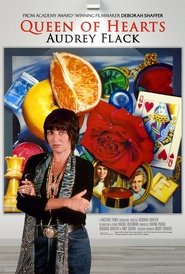 Audrey Flack has always been a...
Audrey Flack has always been a...Queen of Hearts: Audrey Flack 2019
Audrey Flack has always been a trailblazer. Now, she returns to her canvas for the first time in decades, revealing her longtime struggles as an artist and mother to find her rightful place in the art world. Queen of Hearts is a moving portrait of a woman who is still testing, still experimenting, still searching.
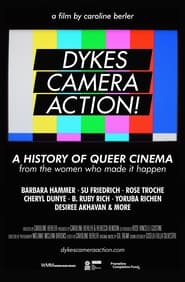 The film examines the ways that...
The film examines the ways that...Dykes, Camera, Action! 2018
The film examines the ways that women directors have contributed to this genre and emphasizes the role that the media play in representation of sexuality and gender, underscoring the power that film has to shape our perceptions of one another. Visually, this documentary comes to life on screen through compelling and intimate original interviews, intercut with emotionally-charged archival footage, photographs, ephemera, inspired music, and film clips.
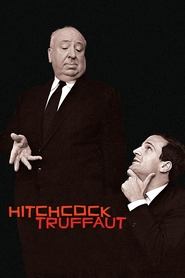 Filmmakers discuss the legacy of Alfred...
Filmmakers discuss the legacy of Alfred...Hitchcock/Truffaut 2015
Filmmakers discuss the legacy of Alfred Hitchcock and the book “Hitchcock/Truffaut” (“Le cinéma selon Hitchcock”), written by François Truffaut and published in 1966.
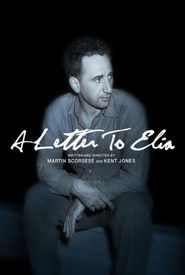 Director Martin Scorsese speaks candidly and...
Director Martin Scorsese speaks candidly and...A Letter to Elia 2010
Director Martin Scorsese speaks candidly and passionately about one of his formative filmmaking influences: the late Elia Kazan. Utilizing precisely chosen clips from Kazan's signature films including "On the Waterfront," "A Streetcar Named Desire," "Gentleman's Agreement," "Baby Doll," "A Tree Grows in Brooklyn," "A Face in the Crowd," "America, America," and "The Last Tycoon," and interview footage of the director himself, co-directors Scorsese and Kent Jones recount the director's tumultuous journey from the Group Theatre to the Hollywood A-list to the thicket of the blacklist. But most of all, they make a powerful case for Kazan as a profoundly personal artist working in a famously impersonal industry.
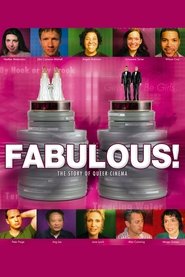 A chronological look at films by...
A chronological look at films by...Fabulous! The Story of Queer Cinema 2006
A chronological look at films by, for, or about gays and lesbians in the United States, from 1947 to 2005, Kenneth Anger's "Fireworks" to "Brokeback Mountain". Talking heads, anchored by critic and scholar B. Ruby Rich, are interspersed with an advancing timeline and with clips from two dozen films. The narrative groups the pictures around various firsts, movements, and triumphs: experimental films, indie films, sex on screen, outlaw culture and bad guys, lesbian lovers, films about AIDS and dying, emergence of romantic comedy, transgender films, films about diversity and various cultures, documentaries and then mainstream Hollywood drama. What might come next?
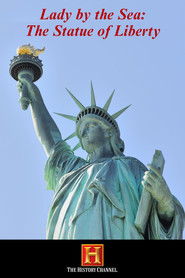 Filmmaker Martin Scorsese looks back over...
Filmmaker Martin Scorsese looks back over...Lady by the Sea: The Statue of Liberty 2004
Film-maker Martin Scorsese looks back over the impact of The Statue of Liberty on the twentieth century, her evolution and what she meant to people of the past and what she continues to mean after September eleventh, 2001.

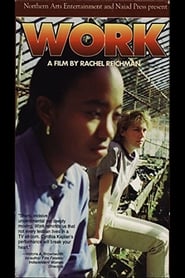 In an economically struggling small town...
In an economically struggling small town...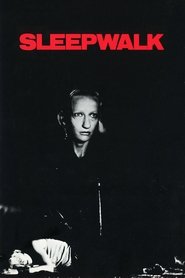 When Nicole a young copyshop employee...
When Nicole a young copyshop employee...